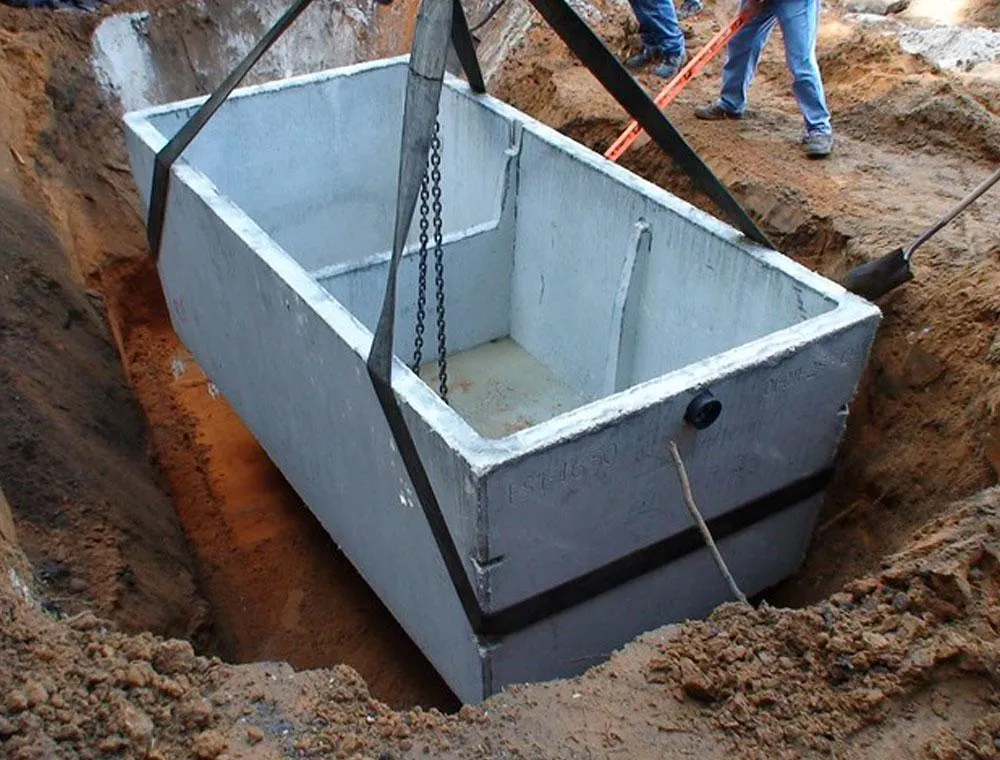The Royal Flush - Design, Install & Repair
Licensed, Bonded & Insured | Family Owned & Operated Since 1965
Licensed #WI DNR, MI EGLE
WLWCA Members | MSHA Certified
Septic System Blog

Complete Guide to Septic System Installation Near Florence County, WI
Everything You Need to Know About Septic System Installation
When considering a septic system installation near Florence County, Wisconsin, it's essential to understand the process, costs, and maintenance involved. Septic systems are crucial for homes and businesses not connected to a municipal sewer system, providing a reliable method for treating and disposing of wastewater. Here's a comprehensive guide to help you navigate the installation process and ensure your system operates efficiently for years to come.
Understanding Septic Systems
A septic system typically consists of a septic tank and a drain field. Wastewater flows from your home into the septic tank, where solids settle to the bottom, forming sludge. Bacteria in the tank break down organic matter, and the treated liquid (effluent) exits the tank into the drain field, where it percolates through the soil, further treating the wastewater.
Steps in the Installation Process
Site Evaluation: The first step involves assessing your property to determine the best location for the septic system. Soil type, topography, and proximity to water sources are considered to ensure optimal performance and compliance with local regulations.
Design and Permits: Once the site is evaluated, a system design is created based on your property's needs and local health department requirements. You'll need to obtain the necessary permits before proceeding with the installation.
Excavation: The area designated for the septic tank and drain field is excavated. This involves digging trenches for the drain field and a hole for the septic tank.
Tank and Drain Field Installation: The septic tank is placed in the excavated hole, and the drain field pipes are laid in the trenches. These pipes are typically perforated to allow effluent to disperse into the soil.
Backfilling and Testing: After installation, the excavated areas are backfilled, and the system is tested to ensure it operates correctly. This may involve checking for leaks, proper drainage, and verifying that the system meets local health and safety standards.
Costs and Considerations
The cost of installing a septic system can vary based on several factors, including the size of the system, soil conditions, and local regulations. On average, homeowners can expect to pay between $3,000 and $10,000. It's important to get quotes from multiple contractors and ensure they are licensed and experienced in septic system installation.
Maintenance Tips
Proper maintenance is key to extending the life of your septic system and avoiding costly repairs. Here are some tips to keep your system in good shape:
Regular Pumping: Have your septic tank pumped every 3 to 5 years to remove accumulated sludge and prevent clogs.
Water Conservation: Be mindful of water usage to reduce the load on your septic system. Fix leaks, install low-flow fixtures, and spread out laundry loads.
Avoid Harsh Chemicals: Do not flush chemicals, medications, or non-biodegradable items down the drain, as they can disrupt the bacteria in your septic tank and lead to system failure.
Protect the Drain Field: Avoid parking vehicles or planting trees over the drain field, as roots and weight can damage the pipes and soil absorption area.
Common Questions and Answers
Q: How do I know if my property is suitable for a septic system?
A: A professional site evaluation is necessary to determine suitability. Factors like soil type, groundwater level, and space availability are assessed during this evaluation.
Q: How long does the installation process take?
A: The installation process can take several weeks, from the initial site evaluation to the final inspection. Factors like weather, permit approval, and site conditions can affect the timeline.
Q: Can I install a septic system myself?
A: Installing a septic system requires specialized knowledge and equipment. It's best to hire a licensed professional to ensure the system is installed correctly and meets all local regulations.
Q: What are the signs of a failing septic system?
A: Common signs include slow drains, sewage backups, foul odors, and standing water over the drain field. If you notice any of these issues, contact a professional immediately.
Q: How often should I have my septic tank inspected?
A: It's recommended to have your septic system inspected annually. Regular inspections can identify potential issues early and help maintain system efficiency.
Final Thoughts
Septic system installation is a significant investment that requires careful planning and ongoing maintenance. By understanding the installation process, costs, and maintenance requirements, you can ensure your system operates efficiently and reliably for years to come. If you're considering a septic system installation near Florence County, Wisconsin, be sure to work with experienced professionals and follow local guidelines to ensure a smooth and successful project.

AVOID COSTLY MISTAKES:
Do NOT hire an excavating contractor without first reading our free guide:
The ULTIMATE Excavation & Septic "Success Guide."

See Photos!
We Offer Septic Services Near You!
If you don't see your specific area contact us and we may still be able to help or give a referral.
All rights reserved | Privacy policy






